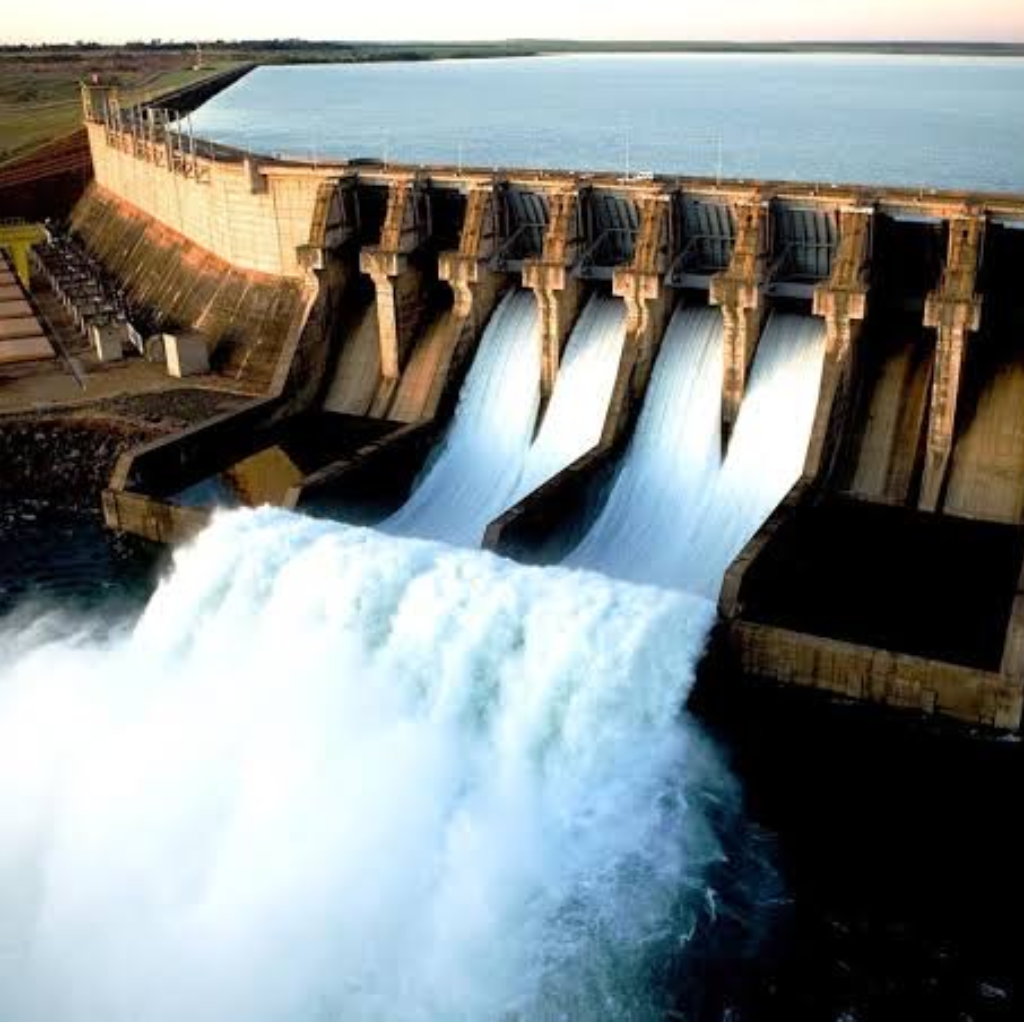
All You Need to Know About Renewable Energy
When it comes to generating energy, there are renewable and non-renewable sources. Non-renewable energy is obtained from sources that could get used up and cause harmful climatic change. Still, renewable energy is obtained from sources that get replenished naturally and cause little or no harm to the climate. This article will discuss the meaning of renewable energy, the sources, and how they are applied.
What is Renewable Energy?
Renewable energies are obtained from naturally replenished sources at a higher rate and are replenished faster than consumed. Since the 1800s, fossil fuels (the remains of ancient plants and animal life that have been transformed by high temperature and pressure into natural gas, petroleum, and coal) have been the primary source of energy.
Transitioning from fossil fuels to renewable energy is safer and much cheaper. Renewable energy has played an essential role in energy security and reducing greenhouse gas emissions; renewable energy is also used for electricity generation and transportation.
Types of Renewable Energy
Renewable energy sources such as sunlight, wind, and water are natural sources that can be converted into different types of renewable energy, these include:
Solar Energy
Of all energy sources, solar energy is the most abundant. Solar power converts sunlight to electrical energy through mirrors concentrating solar radiation(indirectly) or photovoltaic panels(directly). An advantage of solar energy is in the fact that it can be stored in batteries and thermal storage.
Solar radiation is also known as electromagnetic radiation emitted by the sun. Solar technologies capture this radiation and turn it into electrical or any other form of valuable energy. This energy source is inexhaustible because the total amount of solar radiation to the earth is broadly more than the world's current and future energy requirements.

Solar energy converted to electricity can be used immediately to power light and other devices and stored in batteries for later use. Solar panels have been a very reliable source to generate electricity, even for home use.
The solar panel should be fixed where there's no obstruction, preferably on the roof. It is then wired into the building through an inverter, a device that converts solar energy to AC(alternating current). The solar panel has also been improved to meet the needs of campers who may need electricity while camping. The new Acevolt portable solar panel 100 is designed to enhance your off-grid experiences; it is made of the very efficient mono-crystalline silicon cell, waterproof and dust-proof, and can be folded and taken anywhere with you.
Geothermal Energy

Geothermal energy converts heat energy from the earth to electrical power used for cooking, space heating, etc. Geothermal energy is estimated to recover and utilize up to 3 times the world's consumption of all types of energy annually. Heat is extracted from geothermal reservoirs using wells (what are the other means)
Naturally sufficiently hot and permeable reservoirs are called hydrothermal reservoirs, while the reservoirs that are adequately hot but improved with hydraulic stimulation are called enhanced geothermal reservoirs.
Based on 2019 statistics, the world's geothermal energy capacity was about 15.4GW, 23.86 percent being from the United States, making the U.S the largest producer of geothermal energy worldwide. Asides U.S, other countries that use geothermal energy include Indonesia, the Philippines, Turkey, and New Zealand.
Bio-energy

Bio-energy is derived from living or once living organic materials known as biomass. Biomass is of biological origins such as charcoal, wood, or dung. Biomass as an energy source is referred to as "feed-stock," It can be made up of waste products from timber production, food processing, or agricultural industries. Modern bio-energy technology includes bio-gas produced through anaerobic digestion of residues, liquid bio-fuel produced from plants, bio-refineries, and other technologies.
Bio-energy can be turned up and down to meet the energy requirements; it is an excellent backup for weather-dependent renewable energy sources such as wind and sunlight.
Though bio-energy is renewable, carbon-neutral, and available, its disadvantages could be more than the advantages. It is not a thoroughly clean energy source; it could cause possible deforestation, and its cost is high compared to other alternatives.
Hydroelectric Power

Hydroelectric power is also known as hydro-power. It is the oldest and most significant renewable energy source; approximately 60 percent of all renewable electricity is produced from hydro-power. Hydro-power generates electricity using the natural flow of moving water. There are four main types of hydro-power: pumped storage, run-off- river, storage, and offshore hydro-power.
Hydro-power dams are not just used for electricity generation; most dams are multipurpose, providing infrastructure for recreation and transportation services and a supply of clean water for industries, homes, and agriculture.
The energy of flowing water is converted into mechanical energy through a hydraulic turbine, and a hydroelectric generator converts the mechanical energy into electrical energy/electricity.
Due to its flexibility and energy storage benefit, hydro-power is an excellent complement to variable renewals like solar and wind. Also, hydro power does not cause pollution, environmental, or noise.
Based on installed capacity, China operates three of the world's ten giant hydroelectric power plants, including the world's biggest three Gorges project, making China the biggest producer of hydroelectricity, followed by the United States, Canada, and Brazil.
Wind energy is generated by using wind to provide electricity. The kinetic energy in the wind is converted to mechanical power, which is then converted to electricity. You can also use automated control directly for tasks such as pumping water. The amount of energy a wind turbine cab harness depends on air density, wind speed, and swept area.
One-quarter of the world's wind power capacity comes from China. They own the most significant onshore wind farm, built outside the Gobi desert.
Advantages
1. Technology advancement
As technology advances, so are wind turbine functionalities. Wind turbines are not just available for big companies; they have been developed in a wide range of sizes, making them available for different types of businesses and individuals for home use. The structures have also been improved to generate more electricity, run more quietly and safely, and require less maintenance.
2. Clean energy source
wind energy does not use fossil fuels to power wind turbines; therefore, it doesn't contribute to climatic changes caused by the emission of greenhouse gases during energy production.
3. Cost-effectiveness
wind energy is one of the cheapest ways of generating energy. Though the installation and maintenance of wind turbines might be costly, wind power in itself is free.
4. Sustainability
wind energy has provided a clean and sustainable solution to energy problems. It works without emitting greenhouse gasses; the source is renewable and inexhaustible; there will always be wind.
Disadvantages
1. Expensive initial cost
placing wind turbines requires a lot of investment. Further investment in underground lines is needed in the rural areas to sense power to urban areas when needed.
2. Danger to wildlife
wildlife on the ground can be affected by the noise from the wind turbines' whirling blades. Also, some birds can be injured or killed when they run into the blades of wind turbines when they are spinning.
Conclusion
Renewable energy sources are the world's way of avoiding the worst impact of climatic change caused by carbon dioxide and greenhouse gas emissions. Renewable energy sources (from the sun, wind, water, and natural waste) are abundant around us with little or no greenhouse gas or air pollutant. We hope this information has enlightened you and will help you make the right decisions when considering energy/electricity generation. Also, remember to purchase the Acevolt portable solar power 100 to have fast and unrestricted access to electricity.
























Leave a comment